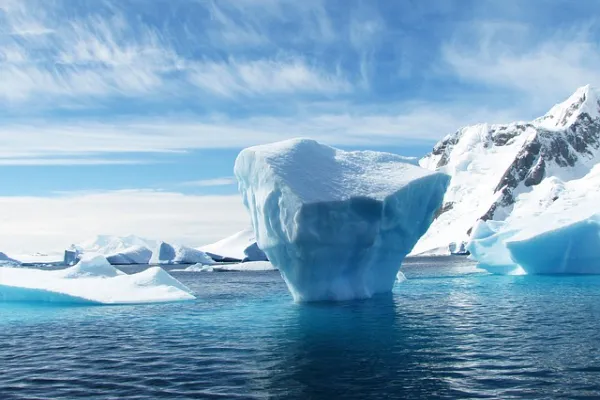Facts About the Arctic

Introduction
The Arctic, a vast and icy expanse surrounding the North Pole, is a region of unparalleled beauty and extreme conditions. Home to unique ecosystems, resilient wildlife, and a rich cultural heritage, the Arctic has long captivated explorers, scientists, and those who seek to understand the mysteries of the northern frontier. In this article, we delve into fascinating facts about the Arctic, shedding light on its geography, wildlife, and the challenges and wonders that define this polar landscape.
- Arctic Circle: Defining the Northern Boundary The Arctic is defined by the Arctic Circle, an imaginary line at approximately 66.5 degrees latitude north. Beyond this line, the region experiences the unique phenomenon of the midnight sun during the Arctic summer and the polar night in winter.
- Polar Ice Cap: A Dynamic Landscape The Arctic is characterized by the Arctic ice cap, a floating mass of sea ice that covers the Arctic Ocean. This ice cap expands in the winter and contracts in the summer, creating a dynamic and ever-changing landscape of ice floes and open water known as the Arctic ice pack.
- Northern Lights: The Auroras Illuminate the Sky One of the most enchanting natural displays in the Arctic is the aurora borealis, also known as the Northern Lights. These mesmerizing light shows, caused by charged particles from the sun interacting with the Earth’s magnetic field, paint the night sky in vibrant hues of green, pink, and purple.
- Arctic Wildlife: Adaptations to the Cold The Arctic is home to a diverse array of wildlife, including iconic species like the polar bear, Arctic fox, and narwhal. These animals have adapted to the extreme cold by developing specialized features such as thick fur, layers of blubber, and keen survival instincts.
- Inuit Culture: A Rich Heritage of Resilience Indigenous peoples, such as the Inuit, have inhabited the Arctic for thousands of years. The Inuit have a rich cultural heritage, with traditions deeply connected to the land and a unique way of life adapted to the challenges of the Arctic environment.
- Northwest Passage: Historical and Geopolitical Significance The Northwest Passage, a sea route through the Arctic Archipelago, has been a sought-after passage for explorers for centuries. Its historical importance in the quest for a shorter trade route between Europe and Asia has gained renewed attention due to the impact of climate change on Arctic ice, making the passage more accessible.
- Arctic Tundra: Fragile Ecosystems The Arctic tundra, a vast expanse of treeless land, is a fragile ecosystem that supports a variety of plant life adapted to the harsh conditions. The short growing season and permafrost create a unique environment where hardy plants like mosses, lichens, and dwarf shrubs thrive.
- Climate Change Impact: Accelerated Warming in the Arctic The Arctic is particularly sensitive to climate change, experiencing temperatures rising at more than twice the global average. This has led to the melting of sea ice, changing migration patterns for wildlife, and affecting the livelihoods of Arctic communities dependent on traditional ways of life.

Conclusion
The Arctic, with its breathtaking landscapes and unique natural phenomena, is a region of immense importance to our understanding of the Earth’s climate and ecosystems. As the Arctic continues to undergo rapid changes due to climate change, it underscores the need for global cooperation in addressing environmental challenges and preserving the delicate balance of this northern frontier. The Arctic’s captivating beauty and scientific significance serve as a reminder of the interconnectedness of our planet’s ecosystems and the responsibility we share in safeguarding its future.